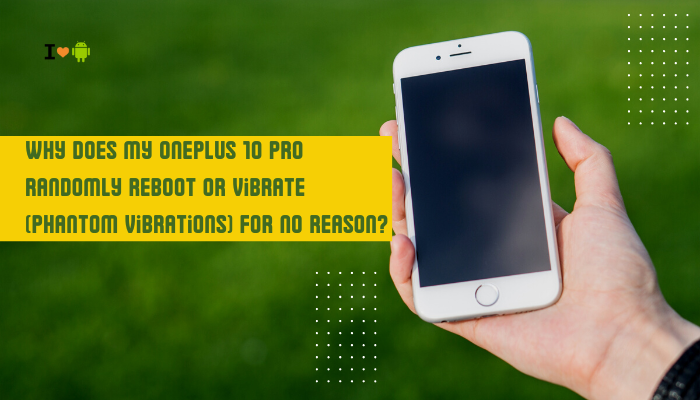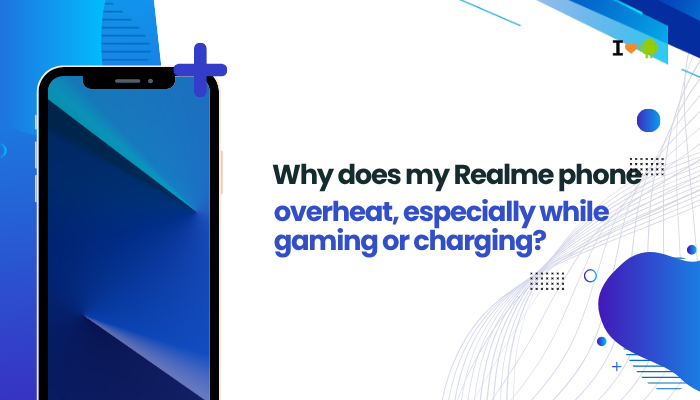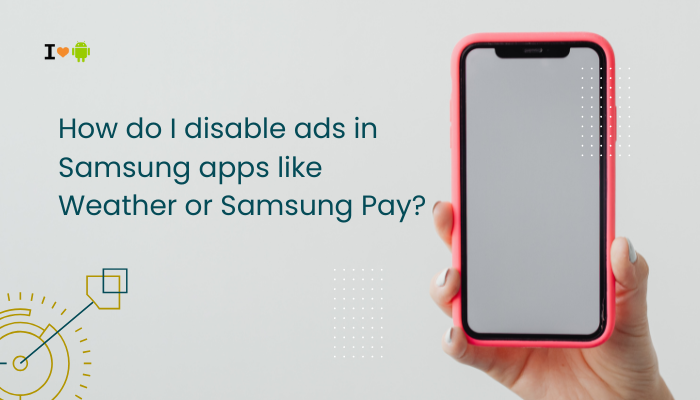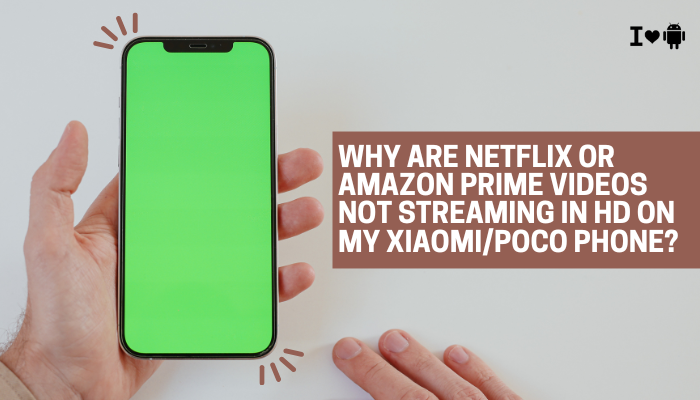Introduction
A OnePlus 10 Pro that reboots itself or vibrates unexpectedly—without any incoming call, message, or action—can be both alarming and disruptive.
These symptoms often stem from a mix of software glitches, third-party app conflicts, thermal protection, or even hardware faults. Phantom vibrations, meanwhile, usually owe to misconfigured haptic settings, sensor quirks, or network-triggered notifications.

Software Bugs and Firmware Issues
Early OxygenOS Builds and Unresolved Bugs
OnePlus frequently ships major Android updates with minor bugs. Random reboots can result from memory leaks, kernel panics, or watchdog timer resets introduced in a given OxygenOS version.
Signs & Diagnostics
- Crash Logs: In Settings → About phone → Build number, tap multiple times to enable developer options, then in Developer options → Take bug report after a spontaneous reboot to capture logs.
- Patterns: Note whether reboots occur only after specific actions (e.g., gaming, camera use).
Solution
- Check for System Updates:
- Settings → About phone → OxygenOS version → Check for updates. Install the latest patch, which often includes stability fixes.
- Wipe System Cache:
- Power off → Hold Volume Down + Power to enter Recovery Mode → Select Wipe cache partition → Reboot.
Third-Party App Conflicts
Rogue Apps Causing Kernel Crashes
Malfunctioning or misbehaving apps—especially those using root-like permissions or accessibility services—can trigger system instability, leading to reboots or phantom vibrations when background services wake.
Symptoms
- Reboots shortly after launching a particular app.
- Vibrations when apps push hidden notifications or use accessibility.
Solution
- Safe Mode Test:
- Hold Power → Long-press Power off → Tap Safe mode. In Safe Mode, only system apps run.
- If issues disappear, a third-party app is culprit.
- Gradual Uninstall:
- Exit Safe Mode, then uninstall recently installed or updated apps one by one.
- Clear App Data & Cache:
- Settings → Apps → [App] → Storage → Clear cache/data before uninstalling to test if data corruption was the cause.
Overheating and Thermal Protection
Automatic Reboots to Protect Hardware
When the CPU or battery exceeds safe temperature thresholds (~60 °C), the built-in thermal management can force a reboot to cool down components.
Common Triggers
- Intensive gaming or benchmarks.
- Direct sunlight or charging under a pillow.
- Prolonged camera use (e.g., recording 4K video).
Solution
- Monitor Temperatures:
- Use apps like AccuBattery or CPU-Z to track real-time CPU/BAT temps.
- Reduce Load:
- Avoid high-performance mode during extended gaming.
- Switch to 60 Hz refresh rate under Settings → Display → Motion smoothness.
- Charge in a Cool Area:
- Remove case, place on a hard surface with airflow.
- Limit Camera Sessions:
- Shoot shorter clips or use lower resolutions if overheating recurs.
Battery and Power Management
Faulty Battery Cells or Aging Effects
While new, the OnePlus 10 Pro battery is generally stable, but cells can degrade or develop micro-shorts that trip undervoltage or overvoltage protections, causing abrupt shutdowns or reboots.
Indicators
- Random reboots under low battery (< 20 %).
- Phantom vibrations when battery gauge misreports charge.
Solution
- Calibrate Battery:
- Fully discharge to 0 %, then charge uninterrupted to 100 % wired.
- Check Battery Health:
- Settings → Battery → Battery health (if available) or via third-party diagnostic apps.
- Service Replacement:
- If health < 80 %, consider battery replacement under warranty or OnePlus Care.
Hardware Malfunctions
Loose Power or Volume Buttons
A defective power button circuit can register ghost presses, causing vibrations (haptic feedback on press) or unintended shutdown/reboots.
Diagnostics
- Visual Inspection: Check for debris or misalignment around buttons.
- Button Test: In Safe Mode, press buttons gently and see if phone vibrates or reacts when idle.
Solution
- Clean Around Buttons: Use compressed air.
- Service Repair: If physical loosening persists, a repair center can reseat or replace the button assembly.
Phantom Vibrations: Haptic Feedback Settings
System-Level Haptics and Feedback
Android generates small vibrations for keypresses, charging connect/disconnect, alarms, or error notices. If misconfigured, these can feel like “phantoms.”
Common Culprits
- Screen Touch Feedback: Enabled under Settings → Sound & vibration → Vibrate on tap.
- Charging Pulse: Vibration on plug/unplug.
- Gesture Navigation Feedback: Haptics on swipe gestures.
Solution
- Disable Unwanted Haptics:
- Settings → Sound & vibration:
- Toggle off Vibrate on tap, Vibrate on charging, and Vibrate on gesture navigation as desired.
- Settings → Sound & vibration:
- Notification Vibration Patterns:
- For each app: Settings → Apps → [App] → Notifications → Vibration pattern, choose None to silence phantom buzz from low-priority notifications.
Network-Triggered Vibrations
Silent Push Notifications and Network Polling
Some apps (email, messaging, enterprise MDM) poll the network in background bursts. A throttled or mis-scheduled heartbeat can trigger multiple silent notifications that still vibrate.
Solution
- Inspect Notification Channels:
- Settings → Apps & notifications → See all apps → [App] → Notifications.
- Disable or set Importance: Low for channels you don’t need immediate alerts.
- Limit Background Data:
- Settings → Apps → [App] → Mobile data & Wi-Fi → Disable Background data for non-urgent apps.
Sensor Calibration and Touch Sensitivity
Accidental Pocket Touches
The OnePlus 10 Pro’s in-screen fingerprint and accidental touch protection can vibrate if they register false touches or background sensor noise.
Solution
- Enable Accidental Touch Protection:
- Settings → Utilities → OnePlus Laboratory → Accidental touch.
- Re-calibrate Fingerprint Sensor:
- Settings → Security & lock screen → Fingerprint: Delete and re-add prints to clear false triggers.
Step-by-Step Comprehensive Troubleshooting
- Reboot & Safe Mode:
- Long-press Power → tap and hold Power off → Safe mode. If issues vanish, a third-party app is at fault.
- Update OxygenOS & Apps:
- Settings → About phone → Check for updates and update all apps in Play Store.
- Disable Battery Optimizations:
- Exempt critical apps and the customization service under Battery → App battery management.
- Clear System Cache:
- Recovery Mode → Wipe cache partition.
- Test in Controlled Conditions:
- Charge in a cool area, remove case, align on wireless pad/port for stability.
- Factory Reset (Last Resort):
- Backup data → Settings → System → Reset options → Erase all data. Retest before reinstalling all apps.
Best Practices to Prevent Future Reboots and Phantoms
- Keep Software Current: Apply OxygenOS and app updates promptly.
- Monitor Thermal Conditions: Avoid direct sun and heavy use while charging.
- Use Official Accessories: Cables, chargers, and wireless pads from OnePlus.
- Limit Background Apps: Uninstall or disable resource-hogging apps you rarely use.
- Regular Reboots: Restart your phone weekly to clear memory leaks and hung services.
Conclusion
Random reboots and phantom vibrations on the OnePlus 10 Pro usually trace back to software glitches, overzealous battery optimizations, thermal protection, hardware faults, or misconfigured haptic settings.
By methodically updating firmware, disabling background restrictions, calibrating sensors, and following the comprehensive troubleshooting steps above, you can restore your device’s stability and silence ghostly buzzes.
If reboots or phantom vibrations persist after exhausting software fixes, consider professional service to address potential hardware defects—ensuring your OnePlus 10 Pro delivers the smooth, powerful experience it was designed for.





